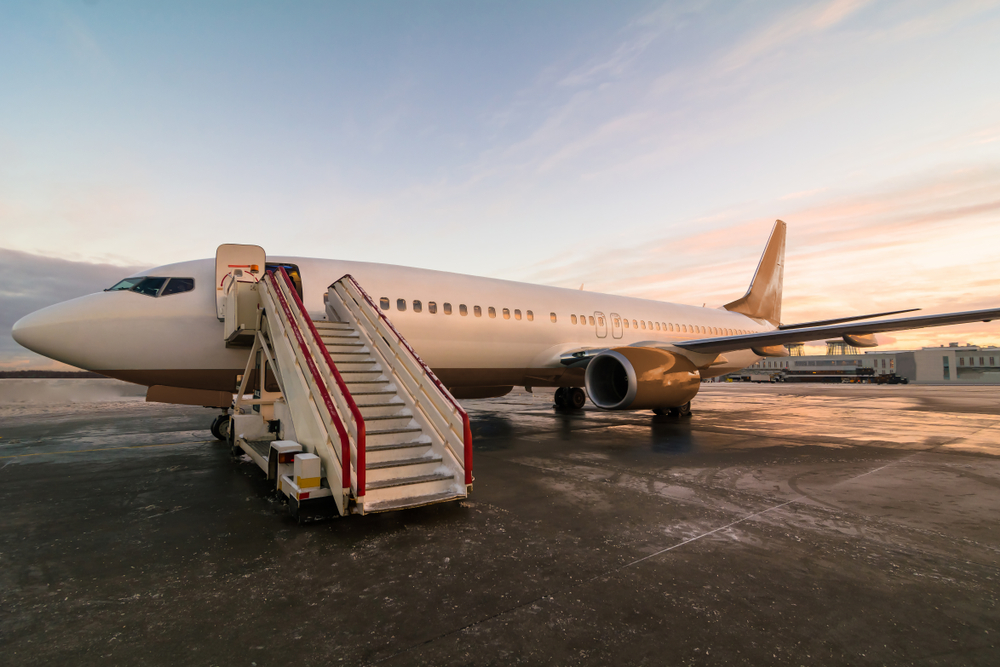Aviation industry is a complex and dynamic field, and like any other industry, it has its own set of terminologies and abbreviations. Pilots, air traffic controllers, airport staff, and private jet enthusiasts use these aviation terms and abbreviations regularly.
Using these terms is essential for communication, as it helps maintain a common understanding of the language and procedures involved in aviation. Understanding these terms is necessary if you are an aviation student, an airline employee, or a curious passenger.
In this blog, we will discuss some of the most common aviation terms that are used in the industry. We hope that this glossary will help you to improve your knowledge of the aviation industry and enhance your understanding of the aviation world.
This glossary of aviation terms and abbreviations is helpful not only for those who work in the aviation industry but also for private jet travellers. Knowing these terms and abbreviations can make communication with the pilot and air traffic control easier, and can help passengers understand the flight itinerary and procedures.
Private jet travellers can also use this knowledge to make more informed decisions about their flight, such as understanding the cruising altitude and load factor of the aircraft. Overall, having a basic understanding of aviation terminology can make the flying experience smoother and more enjoyable for private jet travellers.
A Glossary of Commonly Used Aviation Terms
Airspeed Indicator (ASI) – a cockpit instrument that measures the aircraft’s speed through the air.
Altimeter – a cockpit instrument that indicates the aircraft’s altitude above sea level.
Approach – the final stage of a flight when the aircraft lands at an airport.
Automatic Direction Finder (ADF) – a cockpit instrument that helps the pilot navigate by pointing towards the direction of a radio signal.
Autopilot – a device that allows the aircraft to fly without manual control by the pilot.
Aviation Weather Center (AWC) – a government agency that provides weather information to pilots.
Base leg – the leg of a traffic pattern that is flown perpendicular to the runway.
Cockpit – the area of the aircraft where the pilot and co-pilot sit.
Control surfaces – the movable parts of an aircraft that control its movement and direction, such as the rudder, elevators and ailerons.
Cruising altitude – the altitude at which an aircraft flies during the cruise phase of a flight.
Density Altitude – the altitude above sea level at which the air density is the same as the air density at the actual altitude of the aircraft.
Flaps – the moveable surfaces on the wing of an aircraft that help it generate lift at low speeds.
Flight Data Recorder (FDR) – a device that records data from the aircraft during flight.
Flight Level – the altitude at which an aircraft flies, expressed in hundreds of feet.
Fuel Burn – the amount of fuel an aircraft consumes during a flight.
Horizontal Stabilizer – the part of an aircraft’s tail that helps it maintain stability and control during flight.
Instrument Landing System (ILS) – a ground-based navigation system that helps pilots land the aircraft in low-visibility conditions.
Jetway – a movable bridge that connects the terminal to the aircraft, allowing passengers to board and disembark without walking on the tarmac.
Knot – a unit of speed used in aviation equal to one nautical mile per hour.
Load Factor – the ratio of the aircraft’s weight to the lift it generates.
Mach number – the speed of an aircraft relative to the speed of sound.
Nose gear – the front landing gear of an aircraft.
Overhead Bin – a storage compartment above the passenger seats where carry-on luggage can be stored.
Pilot in Command (PIC) – the pilot responsible for the safe operation of the aircraft.
Runway – the area of an airport where aircraft take off and land.
Tailwind – a wind blowing in the same direction as the aircraft’s flight path, which can increase its speed.
Uncontrolled Airport – an airport without a control tower or air traffic control.
Vertical Speed Indicator (VSI) – a cockpit instrument that indicates the rate of climb or descent of the aircraft.
Wind Shear – a sudden change in wind speed or direction that can affect the aircraft’s performance.
X-Ray Machine – a device used to scan carry-on luggage for security purposes.
Yaw – the rotation of an aircraft around its vertical axis.
Zulu time – a system of timekeeping used in aviation based on the Greenwich Mean Time (GMT).
In conclusion, the aviation industry is a fascinating and complex field that requires a lot of knowledge and skills. Understanding the terminology and abbreviations used in this industry is essential for effective communication, as it helps to ensure that all parties involved have a common understanding of the procedures and language used in aviation.
With this knowledge, you can gain a better understanding of the aviation industry and become more familiar with the language and procedures involved in it.
So, the next time you fly, remember to keep these terms and abbreviations in mind, and you will be one step closer to becoming an aviation expert!
Explore the skies with BookMyCharters
We are dedicated to making private air travel more accessible and affordable for everyone. Whether you need a private jet for business or leisure, we have various options to suit your needs.
Contact us today to learn more about our services and how we can help you plan your next private air travel experience.


